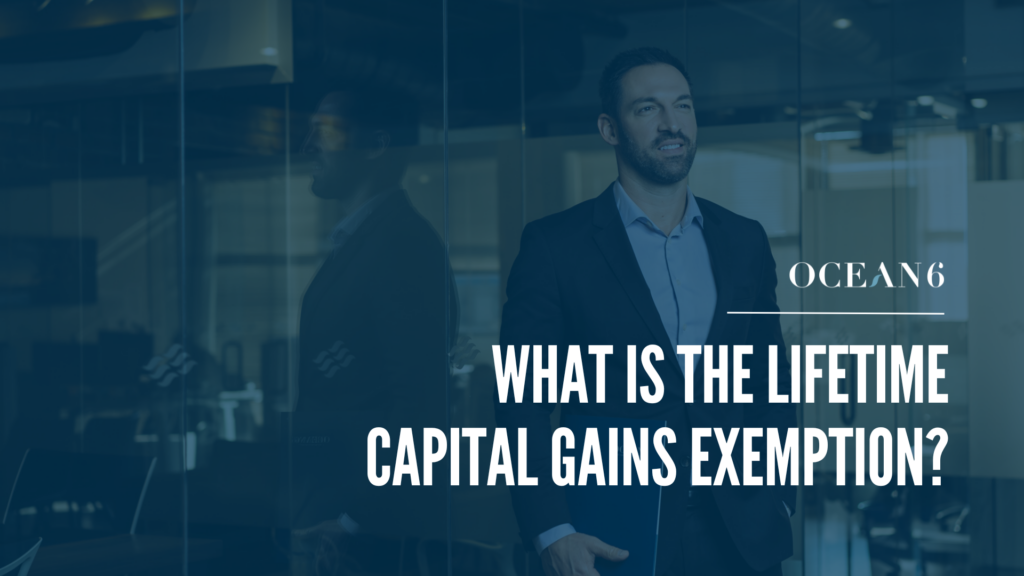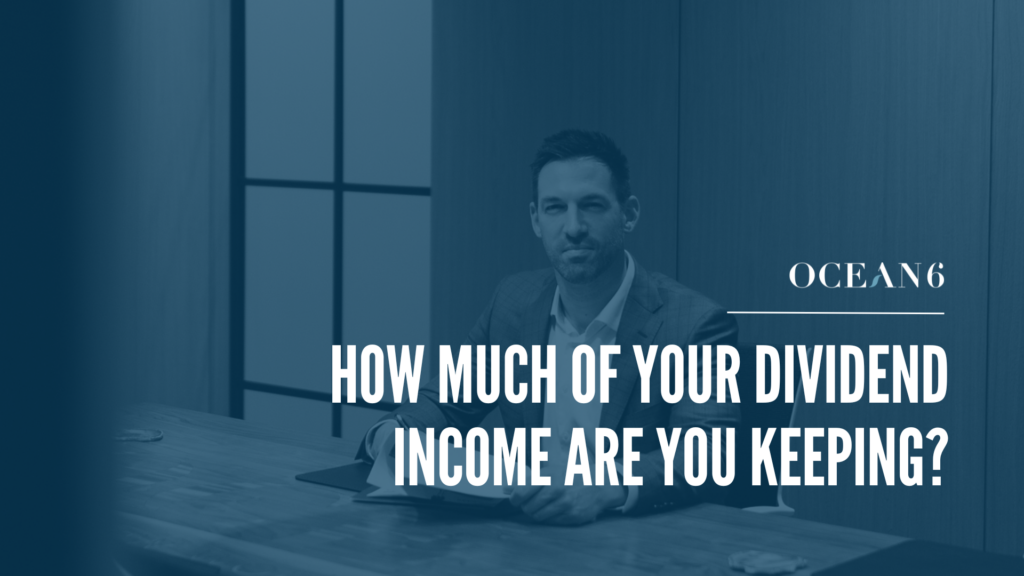If you’ve built a successful and profitable business, congratulations! As you accumulate profits inside of your business, you’re probably asking yourself how you can best utilize that money.
Instead of letting your money sit in your corporation, it’s time to invest and grow that money like any other investment. In this article, we’ll go over some of the common strategies for growing your investment portfolio inside your corporation.
Use a Holding Company for Your Investments
We highly encourage you to start thinking about investing using your holding company.
Here are 2 important benefits of using a holding company for your investments:
1. Avoids problems if it ever comes to liquidation
There are rules on how many passive investments you can have inside your operating company to qualify for the Lifetime Capital Gains Exemption (LCGE). Being qualified for the LCGE spares you from capital gains tax on a portion of the profit earned from selling shares of your operating company.
So if you ever plan to sell your operating company, it’s beneficial to have your investments inside a holding company to avoid any problems during liquidation and pay more taxes than you need to.
2. Tax Saved on the Gains in Your Investment Portfolio
Your retained earnings inside your corporation are in after-tax money. If you took that money out, you’re going to be taxed personally. Whereas, if you left it inside your corporation to do some investments, you can start to build up your portfolio and pay less tax.
Types of Investments to Include in Your Portfolio
By now you might be wondering what sort of vehicles you can use to effectively build your investment portfolio inside your corporation. Here are a few types of investments you can consider:
1. Corporate Class Investment Funds
This is the most common tool you can use to build up your investment portfolio as it’s much more tax-efficient. If you are making investments inside your corporation, make sure you speak with a professional to make sure you’re buying corporate class investments.
2. Other Businesses or Real Estate
Maybe something you haven’t thought about is investing in other businesses and other ventures. It is a very common practice to reinvest some of your earnings into other businesses that you are interested in because you have more control. Real estate is also a very common investment strategy to build long term wealth and get passive income.
3. Cash Value Insurance
This is an unconventional way of investing your assets and refers to whole life, universal life and critical illness insurance, where you can use the return of premium features to pull cash out of your corporation.
Before Making Any Investments, Ask These Questions:
What are my long term goals?
First, check with yourself and know the purpose of why you are building up your portfolios. Get to know why you want to do them and if they align with your long term future goals. At Ocean 6, we use the Blueprint Process to help our clients get clarity and confidence with their financial plan and set down long term goals for them to build a financial future.
What are my time horizons?
Another thing that you need to consider is when do you need the money and for how long do you need the money?
Some business owners make some rash decisions about their investment because it’s a good opportunity and forget that the risk associated is not appropriate for the time frame. So make sure you are clear about when you need the money as well as the risk of the investment and if it matches with the time horizon.
This is step four of the Ocean 6 Blueprint Process, where we do a deep dive into some of your current investment and make sure that they are risk-appropriate to you and your future needs.
What strategy is most tax-efficient?
Don’t forget there are fees and taxes with any investments. Make sure it is the net rate of return that you’re looking at and not the gross. You might get excited about the rate of return on your investment, but forget some of the taxes associated. So make sure you consider what is the most tax-efficient tool that you can use to grow your investment portfolio.
Am I taking advantage of the passive income rule?
Back in 2018, Canada added a new passive income rule tax. If you have $500,000 or less in income, you qualify for the small business deduction, which means you pay fewer taxes on your active income. But if you have a $50,000 passive income or more, you start to claw back some of this limit, and it works on a five to one exchange ratio. For every dollar that you’re over $50,000 in your passive income, you claw back $5 on your small business deduction.
Here’s a quick example:
If you earn $60,000 in your passive income, the first $50,000 will not be penalized. But from $50,000 and $1 to 60,000, you’ll now drawback five times that amount in your small business deduction. In this example, that would be $50,000 which will be taken off your small business deduction. So with the first $450,000 you pay a lower tax rate, but from $450,000 and $1 above, you now start to pay a higher tax rate.
Ultimately, you end up paying higher tax rates on both your passive income and your active income. So be very cautious about your investment portfolio. See if they are earning more than $50,000 annually. If you are, you may be clawing back some of your small business deduction and paying a higher tax rate the following year.
Using the Capital Dividend Account to Build a Successful Investment Portfolio
If you make investments inside your corporation and they create capital gains for you, you will now start to be able to take out some of this money tax-free. Usually, in a capital gain investment, half of it is taxable to your corporation, the other half is tax-free.
Once you have those credits, they fall under something called a capital dividend account or CDA. It is a notional account where they start to accredit any tax-free dollars you can pull out for the corporation owners.
If you are making investments inside your corporation, make sure you are also checking your capital dividend accounts to see if you can pull some tax-free dollars out of your corporation. Remember, a successful investment portfolio is not just about the rate of return. It is about having effective planning to create the financial future that you dream of.
If you want to learn how to grow an investment portfolio inside of your corporation, book a call and we’d love to run you through our full financial Blueprint Process.












